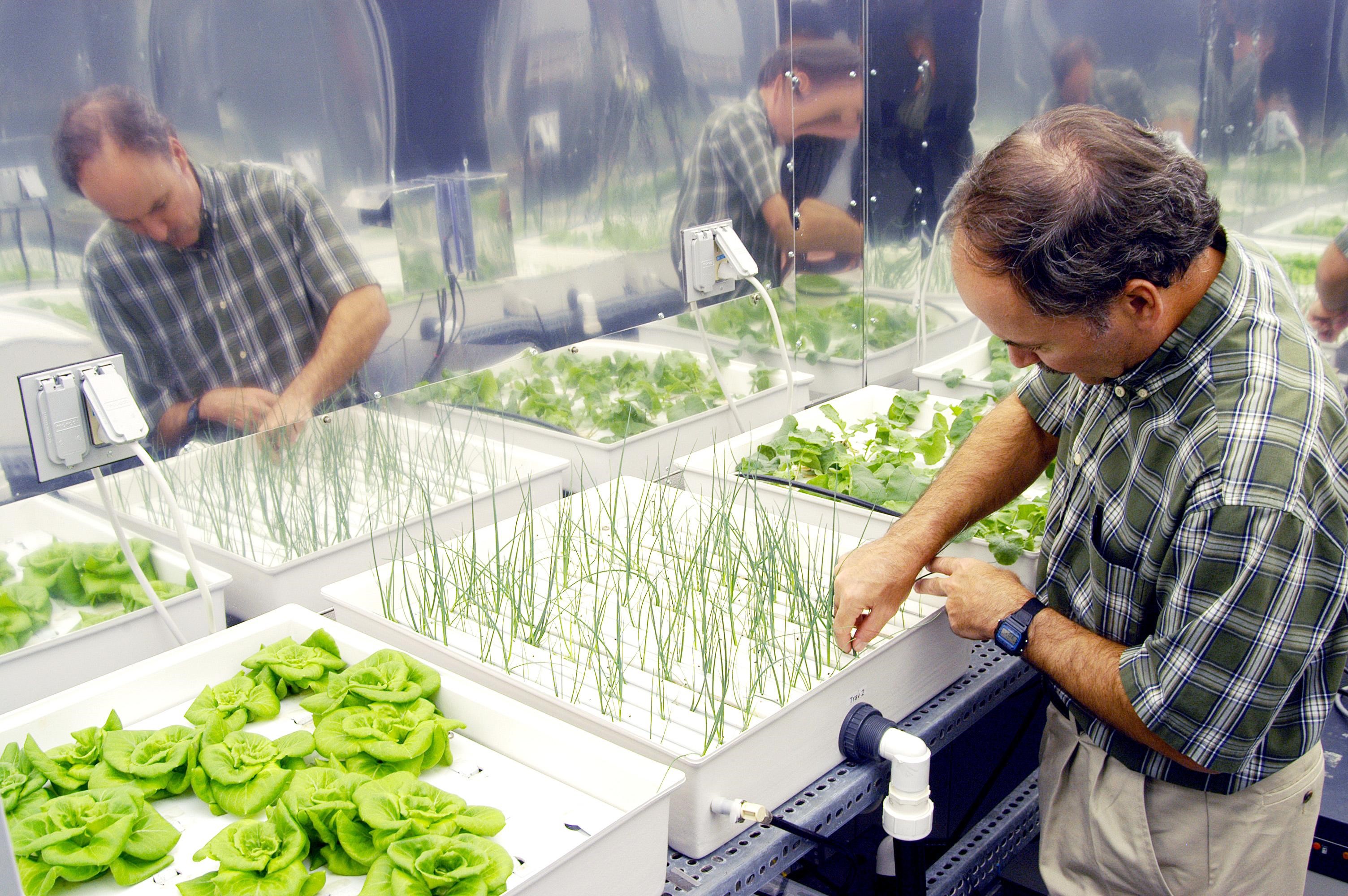Growing indoor cannabis 101
- Introduction to Cannabis Cultivation
- Understanding Hydroponics
- Seed Germination and Cloning
- Water Quality Management
- Optimizing Growth Environments
- Pest and Disease Management
- Harvesting and Curing
- Safety and Security Issues
- Business and Marketing Strategies
- Ethics and Responsibility
- Practical Applications & Case Studies
- Review and Self-Evaluation
- Final Project & Peer Review
Understanding Hydroponics
Hydroponic Systems & Equipment: A Comprehensive Guide

Agricultural technics for growing plants without soil using nutrients in water.
Hydroponics, a method of growing plants without soil, relies heavily on the right systems and equipment. This article will provide a detailed overview of different hydroponic systems and the components that make them up. By the end of this article, you should be able to choose the right system for your needs and understand how to set up a basic hydroponic system.
Different Types of Hydroponic Systems
There are several types of hydroponic systems, each with its own advantages and disadvantages. Here are some of the most common ones:
-
Deep Water Culture (DWC): In this system, plants are suspended in a nutrient-rich water solution with their roots directly immersed in the water. Air stones are used to oxygenate the water and prevent the roots from drowning.
-
Nutrient Film Technique (NFT): In NFT systems, a thin film of nutrient-rich water is continuously circulated over the roots of the plants, which are supported by a sloping trough or tube.
-
Ebb and Flow (Flood and Drain): This system works by temporarily flooding the grow tray with nutrient solution and then draining it back into the reservoir. This cycle repeats several times a day.
-
Aeroponics: This is a high-tech type of hydroponics where the roots are misted with nutrient solution while being suspended in air.
Components of a Hydroponic System
Regardless of the type of hydroponic system you choose, there are several key components that you'll need:
-
Reservoir: This is where the nutrient solution is stored. It should be made of a non-transparent material to prevent algae growth.
-
Grow Tray: This is where the plants are placed. In some systems, the plants are placed directly in the nutrient solution, while in others they are placed in a growing medium.
-
Air and Water Pumps: These are used to circulate the nutrient solution and oxygenate it. The size and power of the pump you need will depend on the size of your system.
-
Air Stones: These are used in DWC systems to create bubbles that oxygenate the nutrient solution.
-
Tubing: This is used to transport the nutrient solution from the reservoir to the grow tray.
Choosing the Right System
When choosing a hydroponic system, consider the following factors:
-
Space: Some systems, like NFT and Aeroponics, require more space than others.
-
Cost: DWC systems are generally the cheapest to set up, while Aeroponics systems are the most expensive.
-
Maintenance: All systems require maintenance, but some require more than others. For example, NFT systems require constant monitoring to ensure the nutrient film is at the right level.
-
Plant Type: Some plants do better in certain systems. For example, leafy greens do well in NFT systems, while fruiting plants like tomatoes do better in DWC systems.
Setting Up a Basic Hydroponic System
Setting up a basic hydroponic system involves the following steps:
- Choose your system and purchase the necessary components.
- Set up your reservoir and fill it with nutrient solution.
- Set up your grow tray and place your plants or seeds in it.
- Connect your air and water pumps and start them up.
- Monitor your system regularly to ensure it's working properly.
In conclusion, understanding the different types of hydroponic systems and their components is crucial for successful cannabis cultivation. By choosing the right system for your needs and setting it up correctly, you can enjoy high yields and healthy plants.